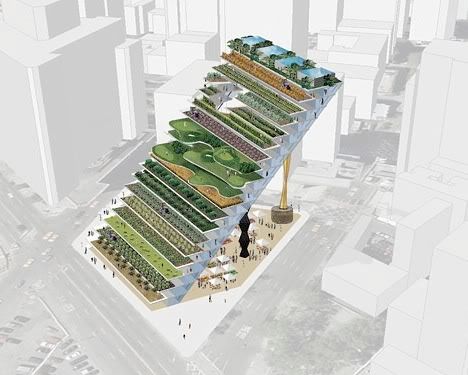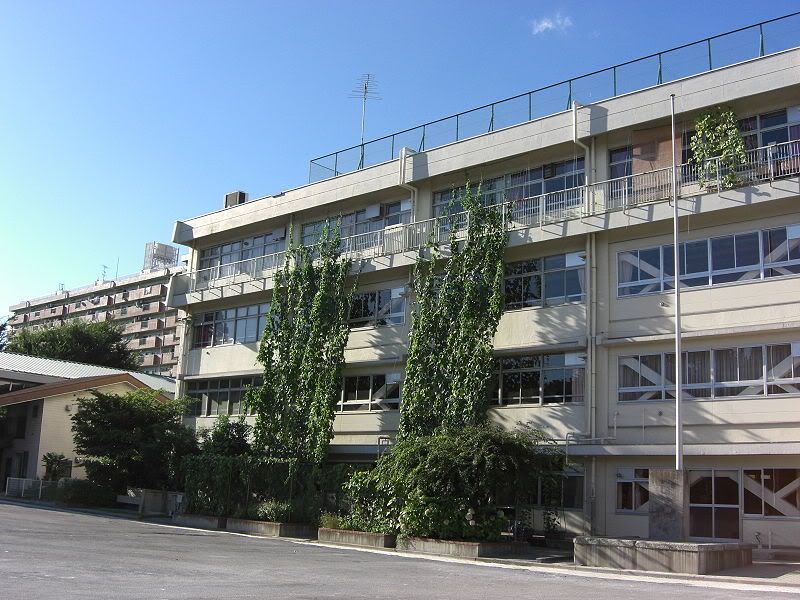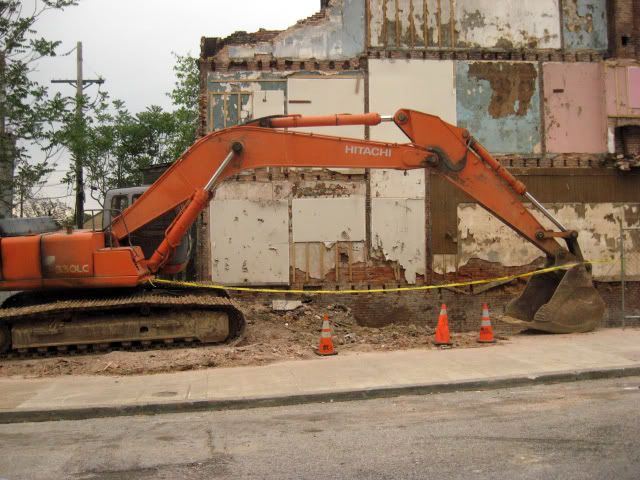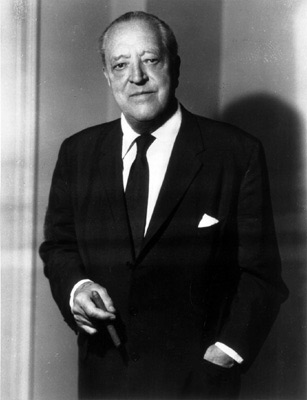It's the kind of neighborhood that can make even suburbanites reconsider living in the city. This is a little ironic considering Charles Village itself was established as a streetcar suburb--I believe a car ran up and down St. Paul street before being torn out in the middle of the century.
Today the low 3000's blocks of St. Paul street are the commercial hub of the neighborhood. There's a small grocery, restaurants, coffee shops--and -sigh- new modern condominiums. All in all its an interesting, useful, part of the neighborhood
To some it may even sound like a new-urban paradise--but there is something strange happening here too.
In the heart of this very valuable area is a large field of weeds. Its empty, fenced-off, and it's been this way for years.

Why?
According to a very informative article in the Johns Hopkins Newsletter, a row of turn-of-the-century row homes being used as JHU frat houses and a convenience store were demolished in 2006 to make way for a supposed new block of condos.
'The Olmstead' as it was to be called, has failed to materialize. In the mean time, where there once were people and businesses there is now nothing.
View Larger Map
The developer, Struever Brothers, Eccles & Rouse, had already built another block of ugly, boring, could-have-been-built-anywhere condos across the street. They didn't sell so well, and now it seems that The Olmstead is on hold until the market picks back up.
The bad news is, this is what they said in 2007--that's BEFORE the "credit-crunch" hit the fan!
I guess we could all be waiting a while.
I laughed when I visited the Streuver Bro's website--they claim to be "transforming America's cities." I may just be a cynic, but I think its fair to say that in this case they are transforming my neighborhood into a wasteland.
The sad part , in my opinion, is that the only thing this neighborhood can look forward to someday, is the arrival of another profit-extracting monstrosity when the yuppies finally feel like their portfolios have recovered.
I realize that developers are a fact of life. Private property is good. My only question is this: Should a neighborhood as a community have any say in the evolution of their built environment?
I wish that beautiful old buildings didn't have to be demolished.
I wish they didn't have to be replaced by bland, hulking, over-sized, cynically 'modern' buildings. And furthermore, I wish that 'mixed use' didn't have to mean chain stores. Isn't that what the suburbs are for?
I wish that a lovely neighborhood in a city generally plagued by decay didn't have to be exploited to grow.
I'll be very interested to see what ever becomes of the Olmstead.
~
-finally posting again after a LONG summer vacation!
~
UPDATED: here. Feb 2010.
















